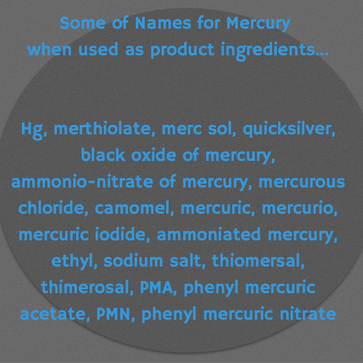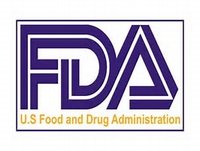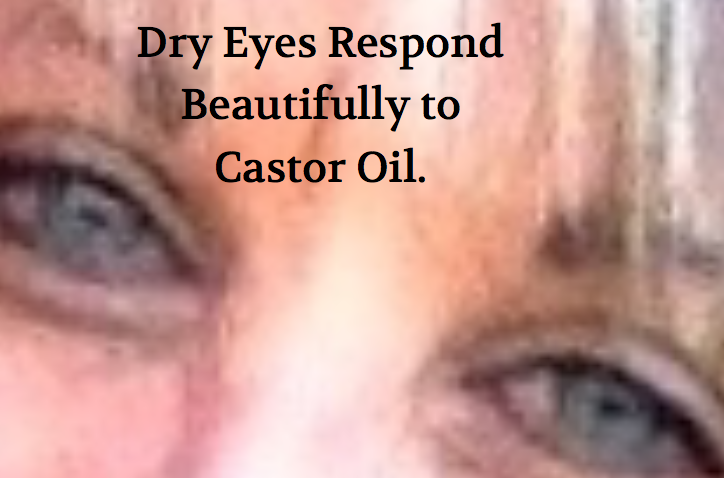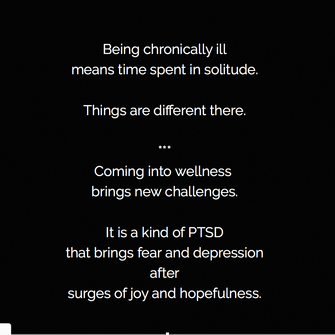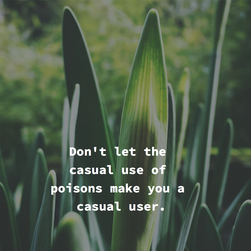
Somewhere, we got the idea that FDA
approval meant all things
are regulated for our safety.
Not only is this not true,
but many things you might think are
controlled, are not.

Laws in regard to mercury and the policies set by the U.S. Federal Drug Administration are lenient. The FDA agrees that the skin readily absorbs mercury and that it will accumulate in the body, yet they do not forbid it in cosmetics. They discuss the possibility of a user experiencing "allergic" reactions, but there is no one with an "allergy" to mercury. The dangers of mercury are universal to all living bodies. The FDA understands that mercury causes neurotoxic problems, but they fail to mention these might last a lifetime or inhibit living normally.
The FDA calculates allowable percentages of "safe or tolerable" levels of mercury and other toxins in cosmetics, but they fail to mention that there is no safe level of mercury in the body. Adding to the failure, the regulatory process for cosmetics is rather loose and it relies on manufacturers to self-regulate. It is also important to note that the FDA has allowable limits of many toxic products that are extremely harmful carcinogens and hormone disruptors. These toxic chemicals end up in most all cosmetics.
Personally, I look forward to the day that manufacturers are required to label products truthfully.
"This Product Contain Mercury" would be a good start.
The following is taken from fda.gov
- Mercury compounds. Mercury compounds are readily absorbed through the skin on topical application and tend to accumulate in the body. They may cause allergic reactions, skin irritation, or neurotoxic problems. The use of mercury compounds in cosmetics is limited to eye area products at no more than 65 parts per million (0.0065 percent) of mercury calculated as the metal and is permitted only if no other effective and safe preservative is available. All other cosmetics containing mercury are adulterated and subject to regulatory action unless it occurs in a trace amount of less than 1 part per million (0.0001 percent) calculated as the metal and its presence is unavoidable under conditions of good manufacturing practice (21 CFR 700.13).
- Who is responsible for substantiating the safety of cosmetics? Companies and individuals who manufacture or market cosmetics have a legal responsibility to ensure the safety of their products. Neither the law nor FDA regulations require specific tests to demonstrate the safety of individual products or ingredients. The law also does not require cosmetic companies to share their safety information with FDA. FDA has consistently advised manufacturers to use whatever testing is necessary to ensure the safety of their products and ingredients. Firms may substantiate safety in a number of ways. FDA has stated that "the safety of a product can be adequately substantiated through (a) reliance on already available toxicological test data on individual ingredients and on product formulations that are similar in composition to the particular cosmetic, and (b) performance of any additional toxicological and other tests that are appropriate in light of such existing data and information." (Federal Register, March 3, 1975, page 8916
 RSS Feed
RSS Feed 
